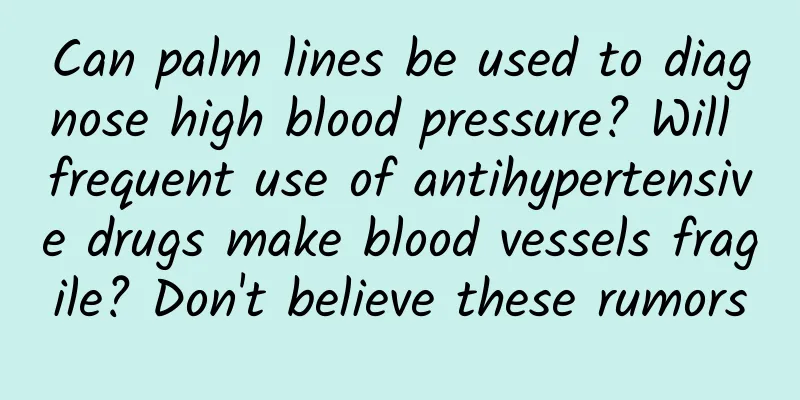After more than ten years, the Three Gorges Dam is still as solid as new. What’s the secret?

|
What is the largest hydroelectric project in the world today? Of course it is the Three Gorges Hydropower Station, and its main project is the Three Gorges Dam we are familiar with. Since the completion of the Three Gorges Dam on May 20, 2006, it has been more than ten years, but the Three Gorges Dam has not cracked. How did it do that? If you don’t know much about the construction of water conservancy projects, you will definitely think that it is normal for the dam not to crack. If it cracks, doesn’t it mean that there are quality problems? This is not the case. Dam cracks are actually very common. There is even a saying in the field of water conservancy projects that “there is no dam without cracks.” It is normal for cracks to appear in the dam, but these cracks are not “harmless to humans and animals.” Over time, these cracks will affect the overall structure of the dam, and in severe cases, they may even lead to the collapse of the entire dam. Since “all dams are cracked”, why didn’t the Three Gorges Dam crack? This has to start with the reasons why the dam cracked. How is the dam built? You can tell at a glance that it is built using concrete pouring technology. As the name suggests, concrete is not a single substance, but a mixture of many substances. Simply put, concrete can be divided into two parts, one is called "gel material" and the other is called "aggregate". The so-called concrete is a composite material formed by combining aggregates into a whole through gel material. Generally speaking, the gel material used in common concrete is the cement we are familiar with, and the aggregate is mainly sand and gravel. The aggregate sand and gravel of concrete is also not a single substance, it includes many substances including silicon dioxide and calcium oxide. When pouring concrete, it will gradually harden, and this hardening process is actually a chemical reaction, and a lot of heat will be released during the reaction. Concrete contains a lot of different substances, and the properties of these substances will change differently during the hardening process. As the heat is released during the hardening process, different degrees of "thermal expansion" will occur. When the concrete stops releasing heat after hardening, it will gradually cool down due to contact with the air, and "cold shrinkage" will occur. Since the properties of the various substances that make up the concrete have changed during the reaction, they cannot return to their original state after shrinking. The various substances that make up concrete are in different states before thermal expansion and after thermal contraction, which leads to a problem that the tensile stress inside the hardened concrete cannot be balanced. We all know that hardened concrete is very hard. Indeed, it has good compressive resistance, but many people don’t know that hardened concrete has weak tensile resistance. In short, concrete can withstand pressure but not tension. Because of this, hardened concrete is prone to cracks. How to solve this problem? The most direct way is to try to replace the heat generated during the hardening of concrete as soon as possible to minimize "thermal expansion". There are two main methods used in the actual construction process. One is to continuously add ice cubes to physically cool down during the mixing of concrete, and the other is to lay water pipes in the concrete to remove heat through cold water circulation. However, these methods are OK for some relatively small-scale projects, but they are not very applicable to large-scale projects such as the Three Gorges Dam. Not only are the construction costs too high, but if the method of laying water pipes is adopted, it will easily cause penetrating cracks around the water pipes, so other methods must be found. Since the heat released during the hardening process cannot be replaced as quickly as possible, the only way is to reduce the heat release as much as possible. Is this possible? Possibly. The heat release of concrete is mainly determined by cement. In other words, if the amount of cement can be reduced, the heat release of concrete can also be reduced accordingly, which involves changing the material ratio of concrete. When coal powder is suspended and burned in a furnace at around 1400°C, it will generate particles with a diameter of less than 100 microns. The main components of this particle are silicon dioxide, aluminum oxide, and iron oxide. We call this mixture "fly ash." Although this substance is an industrial waste, if it is added to concrete, it can greatly reduce the amount of cement in the concrete. With less cement, the dam will naturally be less likely to crack. Therefore, a large amount of "hot cement" with added fly ash was used in the construction of the Three Gorges Dam. In order to ensure the supply, dozens of domestic power plants became fly ash suppliers for the Three Gorges Dam. The construction of the Three Gorges Dam consumes more than 10,000 tons of fly ash every month. It is precisely because of the concerted efforts of the whole country that the Three Gorges Dam has not cracked for more than ten years after its completion. For more information, please follow the official account: sunmonarch |
>>: Are the bamboo shoots eaten by giant pandas actually poisonous?
Recommend
How to use new Java 8 features in Android N Preview
The Android team released Android N Preview with ...
To increase the volume of Tik Tok video advertising, these 4 points cannot be ignored!
In TikTok, you often see those popular video ads ...
The M1 chip successfully runs Linux, and the terminal starts the installation with one line of code, and can also delete and uninstall with one click
This article is reprinted with permission from AI...
The magic of clay! A new breakthrough in the method of stopping bleeding
Produced by: Science Popularization China Author:...
On the importance of the elderly: Are they the ones who make humans live longer?
As the saying goes, "An old person in the fa...
How much does it cost to customize the Heihe course mini program? What is the price for customizing the Heihe Course mini program?
There are two types of customization of Heihe Cou...
A tiny drop of water brings "acceleration" to hydrogen energy
Hydrogen energy is a secondary energy source with...
User Growth - 21 Must-Know Analysis Models
Share the “21 Models Chief Growth Officers Must K...
How do operations seize the opportunity and plan during an event?
The specific work we do during the operation proc...
Jia Ling lost 100 pounds? How did she do it?
On January 11, Jia Ling posted on Weibo: Over the...
How many books have you read?
© Book Riot Leviathan Press: In 2006, a study on ...
What is the meaning of "耀" in the Book of Songs? People in the Pre-Qin Dynasty: Firefly, you have successfully attracted my attention!
"In the dark forest, a silver light suddenly...
Tingyun releases 2014 China Network Performance Report
Application Performance Management (APM) is boomi...
Today in Science and Technology History | The world's deepest known ocean blue hole is in Sansha, my country
Ocean blue holes are rare natural geographical ph...
Deep understanding of Swift dispatch mechanism
Translator’s Note: I have read a lot about Swift&...









